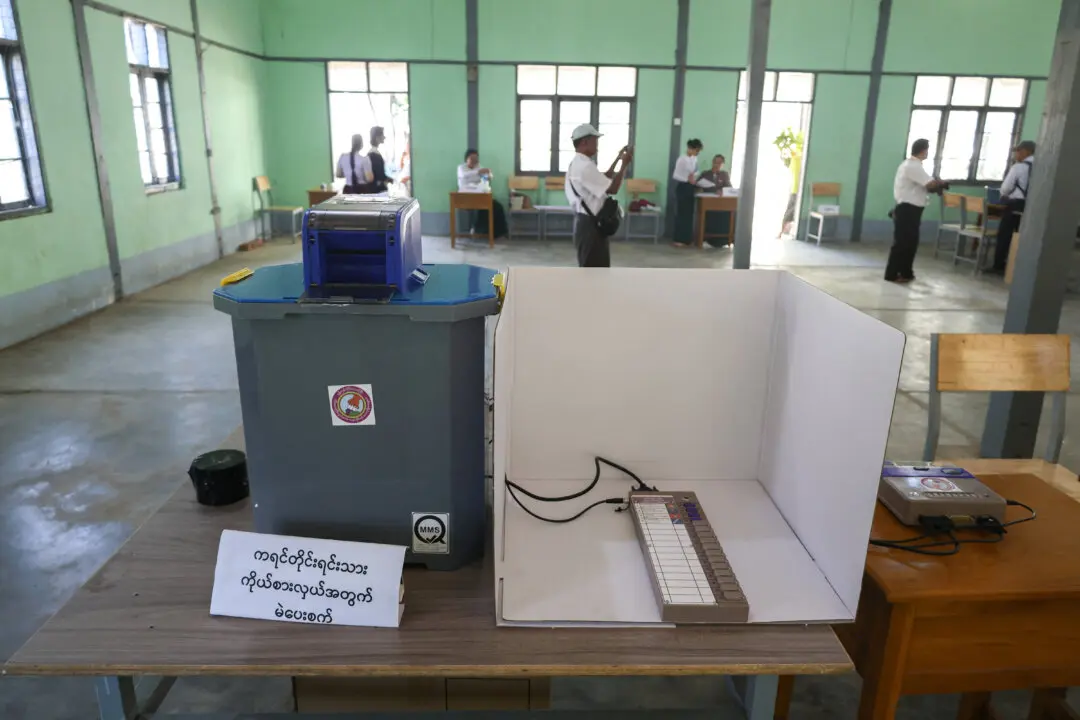JAKARTA—Indonesian divers on Nov. 1 retrieved a black box from a Lion Air passenger jet that crashed into the shallow sea off the coast of the capital, Jakarta, killing all 189 people onboard.
The device should provide clues to what went wrong after the plane lost contact with ground staff just 13 minutes after taking off early on Oct. 29 from Jakarta, on its way to the tin-mining town of Pangkal Pinang.




